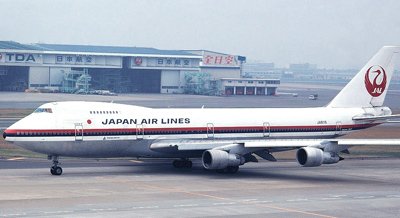Disaster Analysis - JAL Flight 123

On August 12, 1985, all but four people on board the 747 perished when the gigantic aircraft ploughed through a steep ridge of Mount Takamagahara at a height of 1,600 m.
Gruesome and heartbreaking, disasters invariably draw the avid attention of sympathisers and inquisitors alike. Air accidents are no exception. Often those who have to pick up the pieces and mourn the dead are left regretting, If only ...! However, to prevent a recurrence and ensure aviation safety, it is essential to scrutinise the cause of each accident.
For sheer number of fatalities in a single-aircraft accident, there is no rival to Japan Airlines Corporation (JAL) Flight 123. The plane, a Boeing 747-SR46, a short-range version which was modified to accommodate additional passengers, was on an evening flight from Tokyo to Osaka on August 12, 1985. The 524 passengers and crew who filled it almost to capacity were in a holiday mood—the Japanese traditional three-day Bon festival due to commence the following day is a joyous occasion to renew family ties and remember departed souls. However, before the day was out, all except four people on board the 747 perished when the gigantic aircraft ploughed through a steep ridge of Mount Takamagahara, at a height of 1,600 m.





